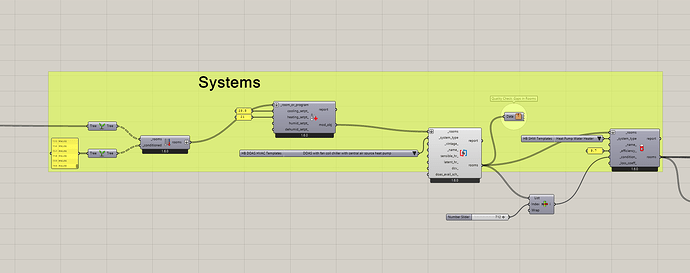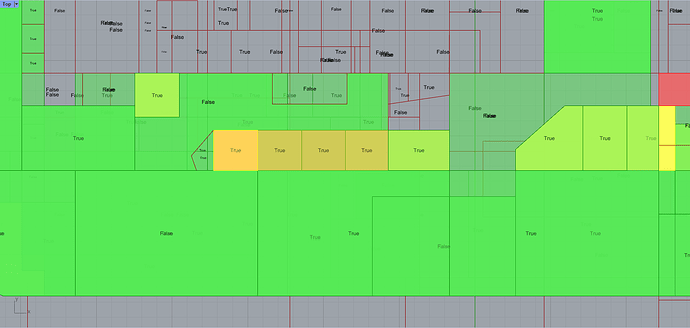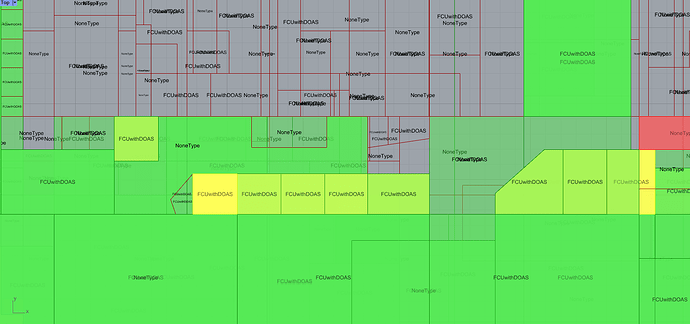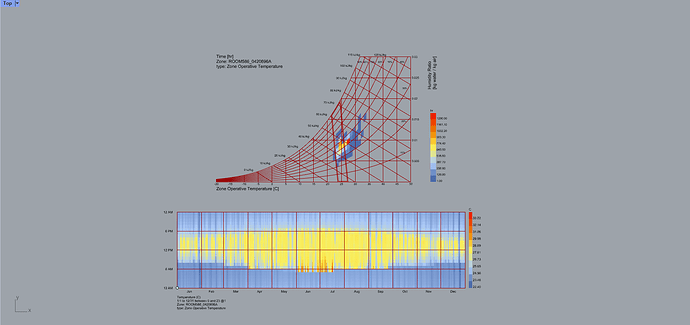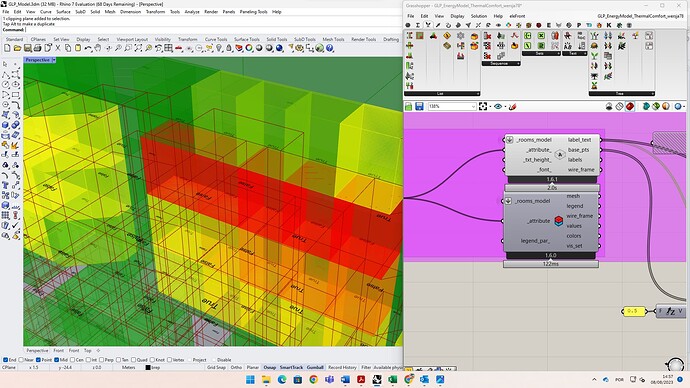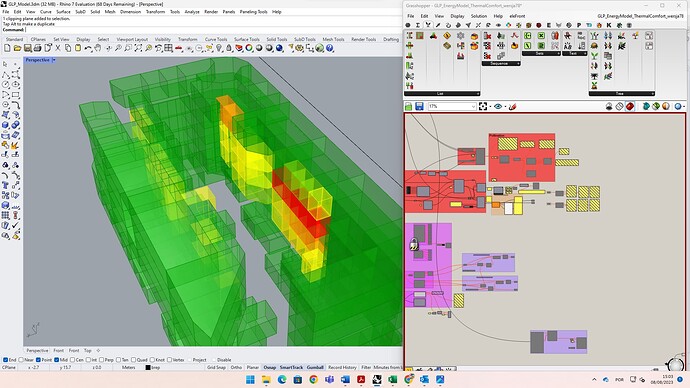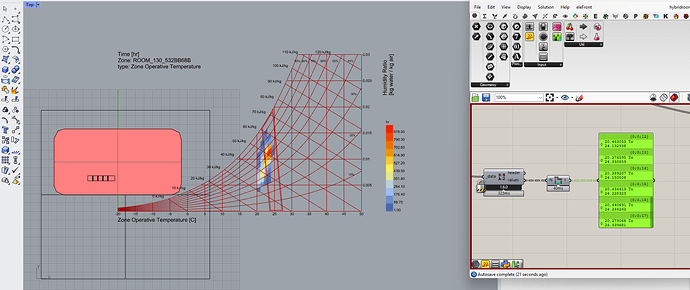Hi @karnas ,
Sorry for the late reply here. It sounds like you are discovering the same thing that freaked me out the first time I learned about it, which is that all HVAC systems that heat and cool spaces with hot/cold air are only conditioning the room air to be at the thermostat setpoint.
However, human comfort is more complex than just the air temperature and, in the vast majority of cases, the air temperature accounts for less than half of the total heat loss from human subject. Most of that “air based” heat loss is happening as convection from the human to the air (though this can go up a lot with increased air speeds) and the rest happening through respiration/perspiration (which is affected by both the air temperature and relative humidity, as well as the air speed in the case of perspiration).
But, as I said, all of that “air based” heat loss is usually under half of the total human heat loss in indoor conditioned environments. Under most indoor cases, the mean radiant temperature (MRT) of the room will account for a little more than half of all the heat loss from the subject. It is for this reason that we tend to use the Operative Temperature, which is the average of the room air temperature and the MRT, when trying to evaluate human comfort on a psychrometric chart. And, if you look at the X-axis of your psychrometric chart, you will see that this is what you are plotting.
So, if you plotted the “Zone Air Temperature” on your chart instead of the “Zone Operative Temperature”, you would see your thermostat setpoints are perfectly respected for all of your conditioned rooms. And, in reality, a lot of HVAC engineers will do this plot with air temperature and say that their job is done. But this very wrong in my opinion and in the opinion of many comfort experts. Clearly, you can see in your case that, even though the air temperature is at the setpoint, the human subject can still be uncomfortable thanks to the MRT and the temperature of the surfaces in the room.
With this said, I don’t totally blame HVAC engineers for trying to do this because many of the factors that drive the MRT of a room are more in the domain of the architect than the engineer. For example, if you have a room that is fully glazed, facing west, with high solar heat gain coefficients, the temperature of the Room surfaces is going to be much warmer than the room air when the sun is setting in the afternoon. And, even if you have a very low air temperature setpoint around 70F, the warm surfaces will almost certainly push you out of compliance with 10% PPD. Similarly, if you have a fully-glazed north-facing room with windows having a poor U-Value, then the interior temperature of the glass and overall MRT of the room is going to be much colder than the heating setpoint in Winter, even if the air is at a toasty 75F. Engineers can try to make the situation work with tools like perimeter heat and cool air curtains over the façade but this is never going to be as comfortable as a case where the architect just used their design tools wisely, limiting their use of glass on sensitive orientations, choosing windows with good SHGC and U-Value, and using shading in cases where it’s appropriate.
So what you are witnessing here is a current problem in the building industry that no one has really taken full responsibility for the MRT in our buildings. And, as a result, occupants are largely dissatisfied with the thermal environment of our buildings, even when they are conditioned. For example, in this survey of over 80,000 occupants in conditioned buildings, less then half of them said they were satisfied with the thermal environment:
Hope that helps explain what is going on here.
